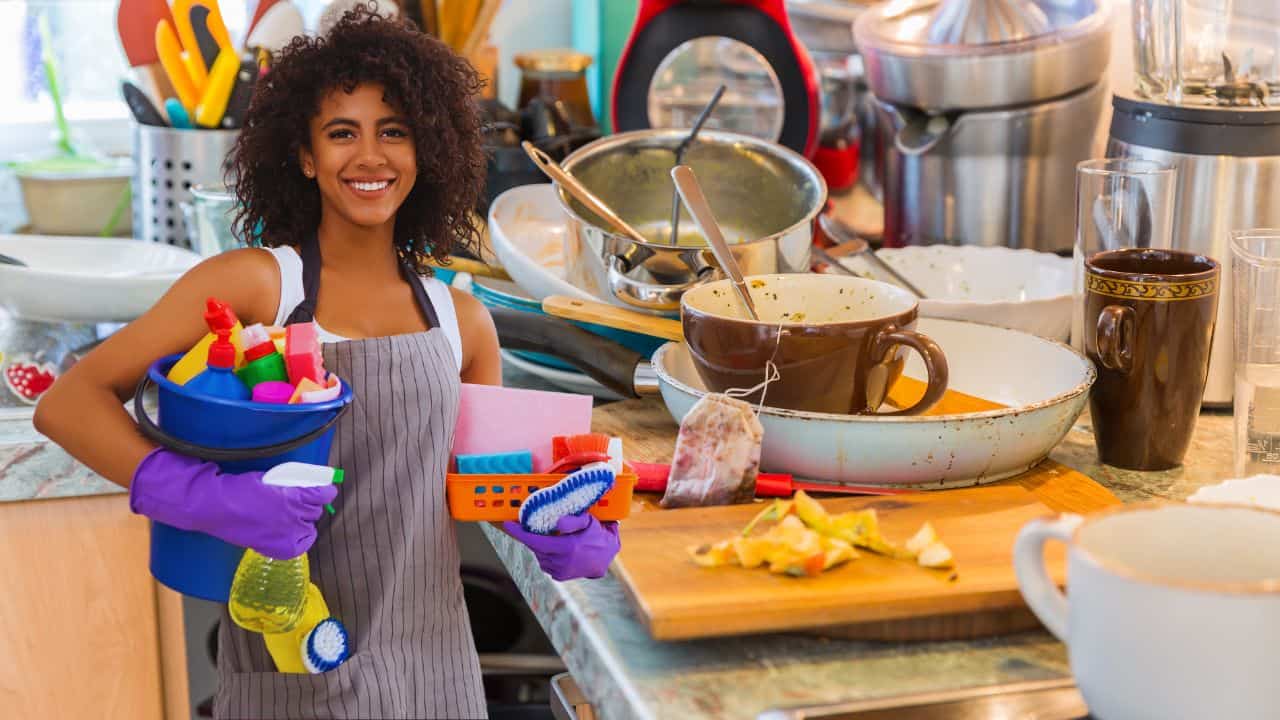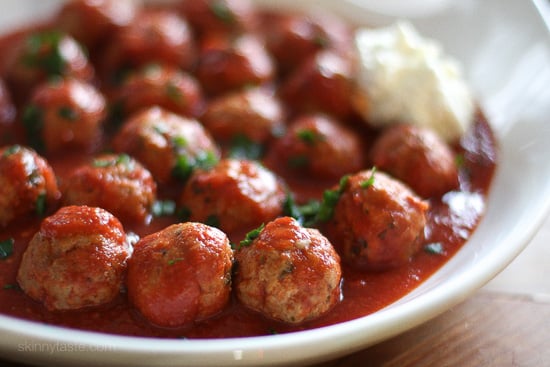Your kitchen may look spotless, but lurking in plain sight are some of the dirtiest parts you might never suspect. From frequently touched surfaces to forgotten tools, these kitchen spots can harbor bacteria and germs that may affect your health. Let’s uncover which areas in your cooking space need a bit more attention than you might think.
1. Spice Jars: Small but Bacterial Havens

Spice jars are touched repeatedly during cooking, often after handling raw foods like chicken or beef. These small containers become unsuspecting homes for bacteria like salmonella and E. coli. It’s easy to forget about them as they don’t directly contact food, but each time you reach for your favorite seasoning, germs can spread from your hands to the jar.
To reduce the risk, make a habit of cleaning spice jars regularly and always wash your hands before reaching for them. You can also use a damp disinfectant wipe to clean the tops after each cooking session.
2. Faucet Handles: Overlooked Touchpoints

While washing your hands frequently in the kitchen is essential, the faucet handles you use to turn the water on and off can become germ magnets. Most people touch these handles with dirty hands, transferring bacteria onto the surface without realizing it.
Wipe down your faucet handles with a disinfectant at least once a day to reduce bacterial buildup. If possible, switch to touchless faucets, which can help minimize this germ transfer altogether.
3. Refrigerator Drawers: Where Food Germs Hide

Although the refrigerator is meant to keep food safe, the drawers inside can become breeding grounds for bacteria, especially when storing raw meat and unwashed produce. These drawers can collect spills and food particles that foster harmful bacteria like listeria.
To maintain cleanliness, remove and wash refrigerator drawers regularly with hot soapy water. Use drawer liners or containers to prevent spills from accumulating and cross-contaminating your fresh food.
4. Sponges and Dishcloths: Bacteria Magnets

Sponges and dishcloths might be cleaning tools, but they can harbor more bacteria than almost any other item in your kitchen. Their constant exposure to water and food particles makes them perfect breeding grounds for germs.
To keep things clean, replace sponges every two weeks and microwave damp sponges for two minutes daily to kill bacteria. Consider switching to scrubbers made of silicone or copper mesh, which don’t trap as many germs.
5. Cutting Boards: Cross-Contamination Risks

Cutting boards, especially those used for raw meat, can harbor harmful bacteria long after the food has been prepared. Even with regular cleaning, small cuts and grooves in the board can trap bacteria, increasing the risk of cross-contamination.
Use separate cutting boards for meat and vegetables, and sanitize them thoroughly after each use. Replace cutting boards when they become deeply grooved to reduce the chance of bacteria hiding in crevices.
6. Soap Dispensers: Overlooked but Frequently Touched

Soap dispensers are one of the most frequently touched surfaces in the kitchen, often with dirty hands. Over time, they collect grime and bacteria from everyone who uses them.
Clean your soap dispenser regularly, focusing on the pump and nozzle where hands make the most contact. You might also consider using a touchless soap dispenser to further reduce the transfer of germs.
7. Microwave Keypads: Germy Control Panels

Microwave keypads are frequently used but rarely cleaned. Each time you press a button, you transfer bacteria from your hands, and the heat from cooking doesn’t kill the germs left on the surface.
Wipe down your microwave keypad with a disinfectant cloth at least once a day to keep this often-touched surface clean and bacteria-free.
8. Refrigerator Handles and Stove Knobs: Easy-to-Miss Germ Collectors

Refrigerator handles and stove knobs are touched numerous times a day and can collect bacteria from hands that have touched raw food or unwashed produce. They’re often overlooked during routine cleanings.
Make it a habit to clean these high-touch areas daily to prevent the spread of bacteria in your kitchen. Regular sanitization will ensure a healthier cooking environment for everyone.
9. Coffee Makers: Mold and Bacteria in the Reservoir

Coffee makers, especially the water reservoir, are often overlooked during cleaning, allowing mold and bacteria to accumulate. If you’ve ever noticed your coffee tasting off, your machine could be the culprit.
Follow the manufacturer’s instructions for cleaning your coffee maker, usually involving running vinegar through the system once a month. This will keep both your coffee and your kitchen environment fresh and clean.
A Clean Kitchen Is a Healthy Kitchen

By paying extra attention to these overlooked areas, you can significantly improve the cleanliness of your kitchen. Regular cleaning and mindful habits go a long way in preventing the spread of bacteria and keeping your kitchen a safe space for preparing food. Remember, a little extra effort can make a big difference in maintaining a healthier kitchen for you and your family.
Changing Your Routine

What are your experiences? How often do you clean these overlooked areas in your kitchen, and could changing your routine improve your kitchen’s hygiene? Do you think any other items or areas in your kitchen could be harboring hidden germs that haven’t been mentioned? What are some cleaning habits you currently practice in your kitchen, and how might they be adjusted to further prevent the spread of bacteria?







